The Praça do Comércio
What better place to begin our exploration of Lisbon, than the square which has long served as its entrance gate? The Praça do Comércio, usually called the Terreiro do Paço (Palace Yard), is situated at the base of the Tagus River, where ships laden with riches from around the world once came to shore.
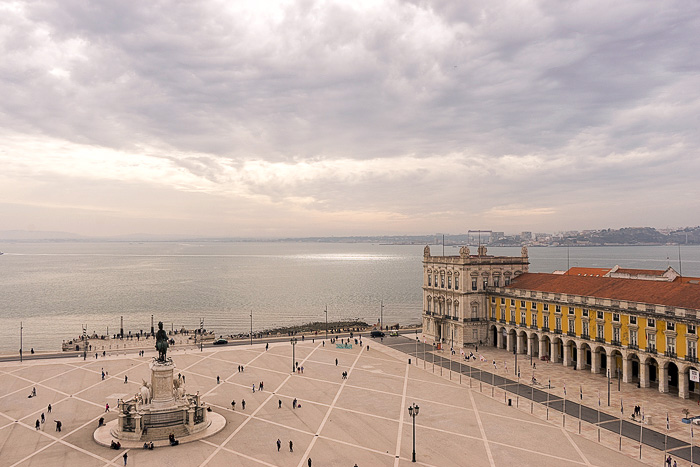
When we turned the corner at Rua da Alfândega and emerged onto the wide, open expanse of the Praça do Comércio, we were disoriented. We had been in Lisbon for twelve hours, but had already come to associate it with narrow alleyways and steep staircases. Turns out, there’s more to the city, after all… turns out, twelve hours might not be quite enough time to build a comprehensive understanding of a major European capital!
The plaza is massive; at 35,000 square meters, it’s among the largest in Europe. It was designed in the early 1500s, during the height of Portuguese wealth and power, when King Manuel I moved his palace to this location, to be closer the riches arriving daily from the Americas, Africa and the Orient.
The royal palace was utterly destroyed during the 1755 earthquake (which we’re already learning is an event central to any understanding of Lisbon). The palace’s yard was redesigned as a market plaza, and renamed Praça do Comércio to reflect its new function. It would serve as the entry to the rebuilt city of Lisbon, connected to Praça Rossio along Rua Augusta and a rational network of quadrangular blocks.
The Terreiro do Paço might have once been home to the royal family of Portugal, but it’s also here that the monarchy met its demise. In 1908, King Carlos I was assassinated by Republican agitators, while crossing the Praça do Comércio in a carriage. The crown passed to his young son, but within a couple years, the 1910 Revolution had started and Portugal had proclaimed itself a democracy. Unlike neighboring Spain, Portugal no longer recognizes a monarchy of any sort.
Today, the plaza is boxed in by large, yellow government buildings, which also house touristy sights such as a beer museum, an information office, upscale restaurants, and something called the Lisbon Story Center, an interactive museum which offers a (rather childish) introduction to the city’s history. To the south is the Tagus River Basin, where ships can still be seen zipping from the nearby pier, out into the Atlantic.
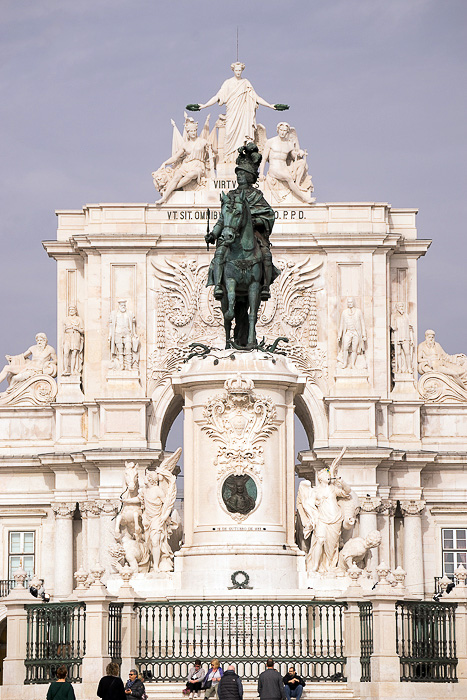
In the middle of the plaza is an imposing equestrian statue of King José I, who held the throne when the earthquake struck. And to the north, the Arco da Rua Augusta provides a fitting crown to the Praça do Comércio. You can ascend to the top of this gate for a view over the plaza, as well as the neighborhood of Baixa. The arch was commissioned to celebrate the city’s reconstruction, and the three figures which sit atop it represent Glory bestowing accolades upon Valor and Genius.
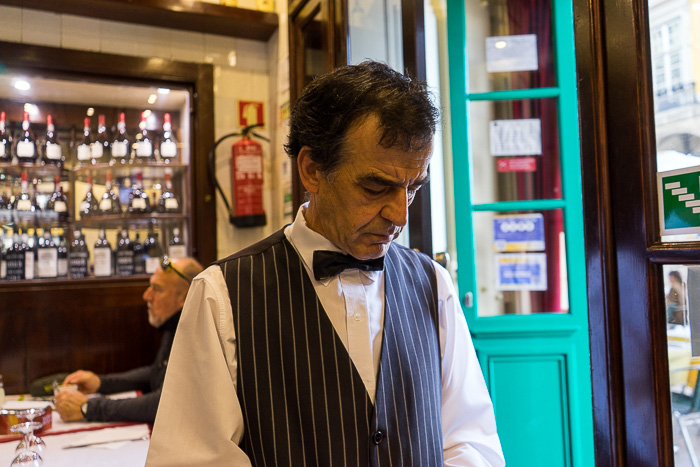
After finishing up with the arch, we were ready for a break. We grabbed a seat in Lisbon’s oldest establishment, O Martinho da Arcada, and ordered lunch. This place was established in 1782, and is famous as a haunt for the city’s literati. We had planned on just peeking inside, but then saw that the price of a lunch was just €5,50. The food was great, and the fact that we can have such a cheap meal in the city’s most historic restaurant, in one of the most touristy spots in Lisbon, bodes very well for our time here.
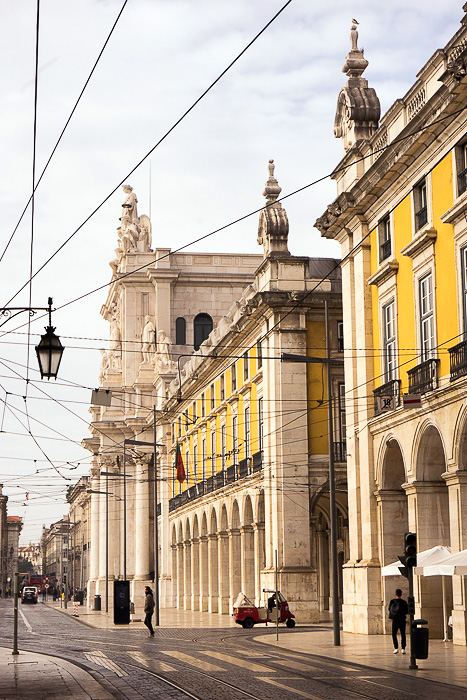
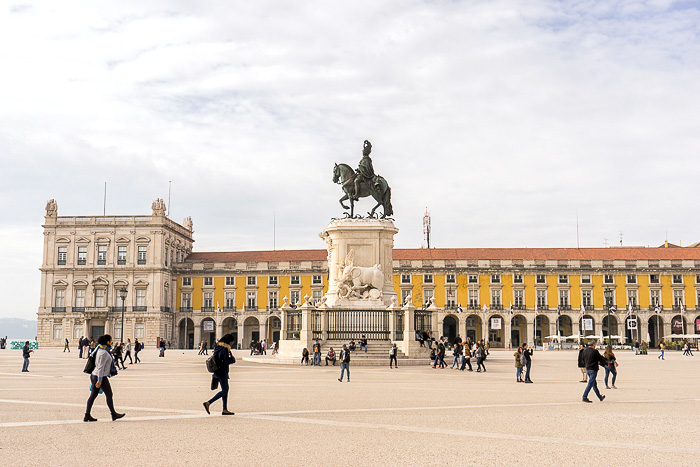
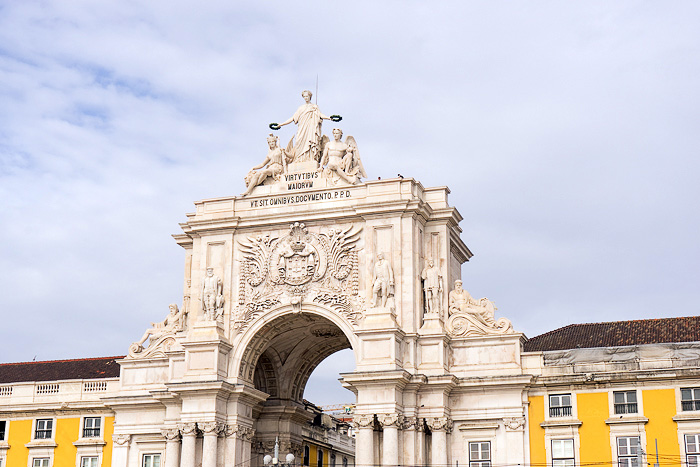
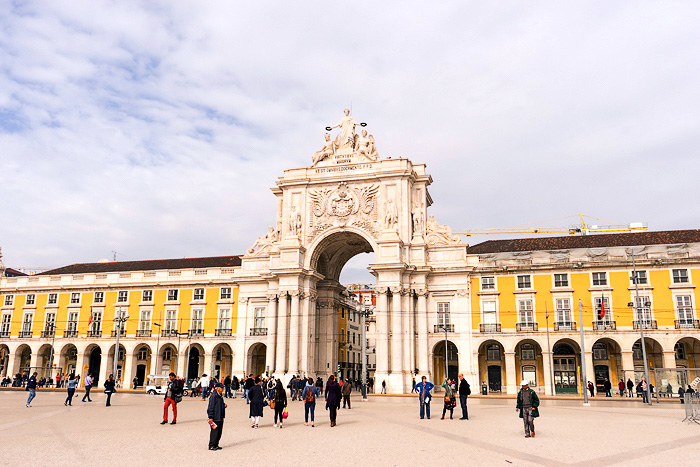
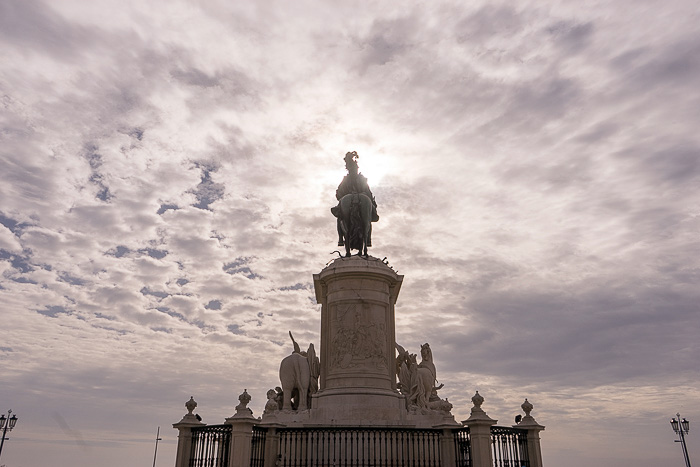
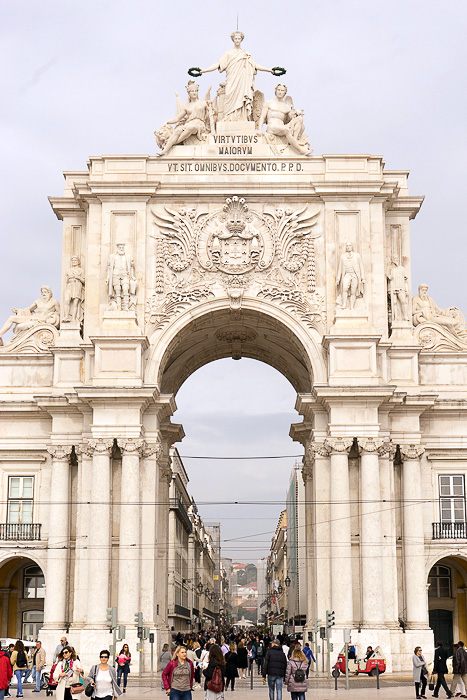
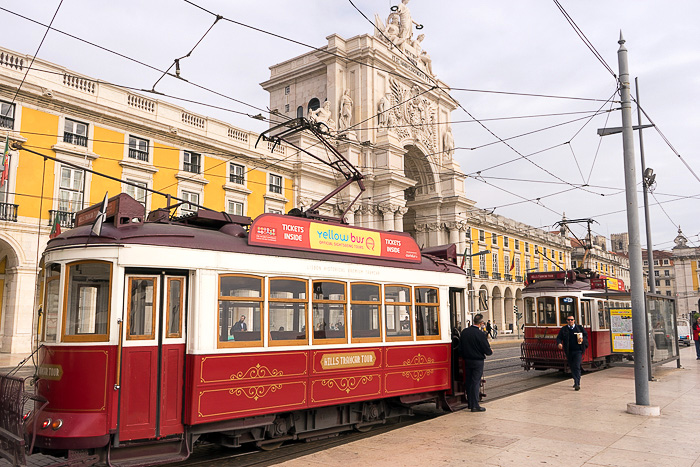
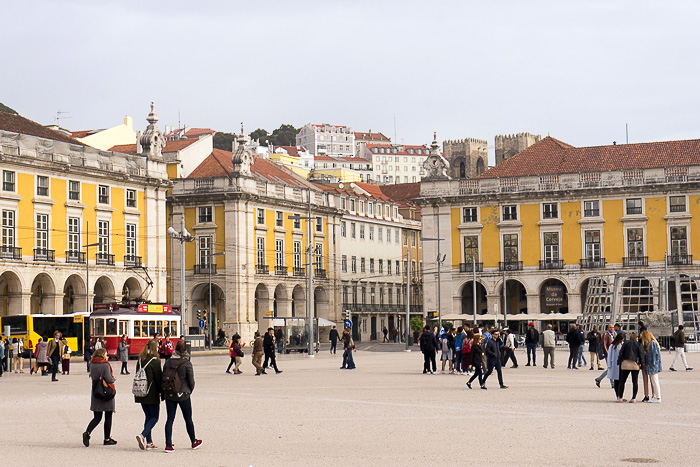
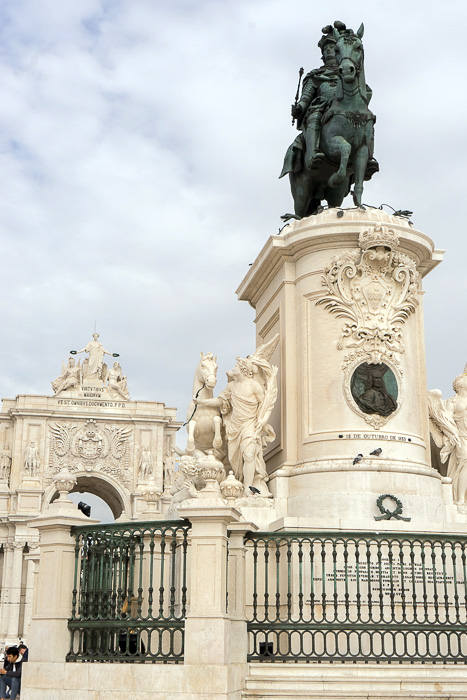
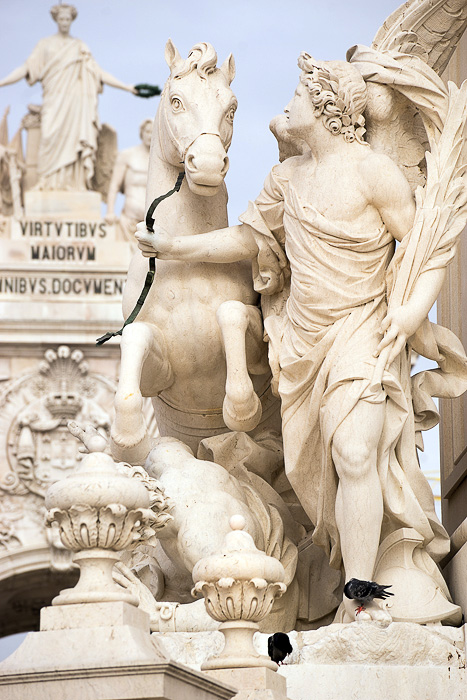
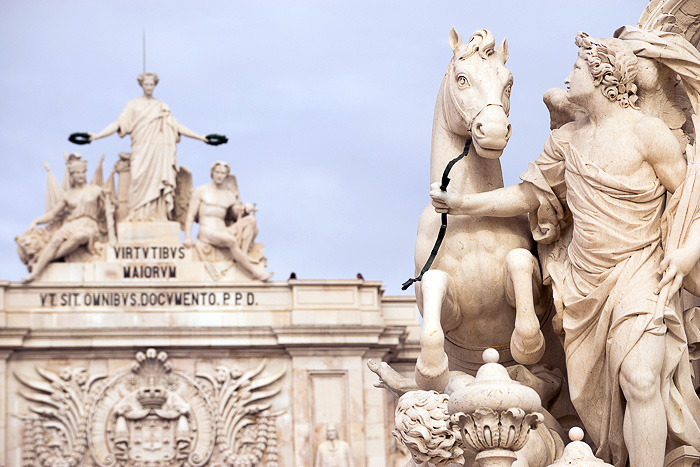
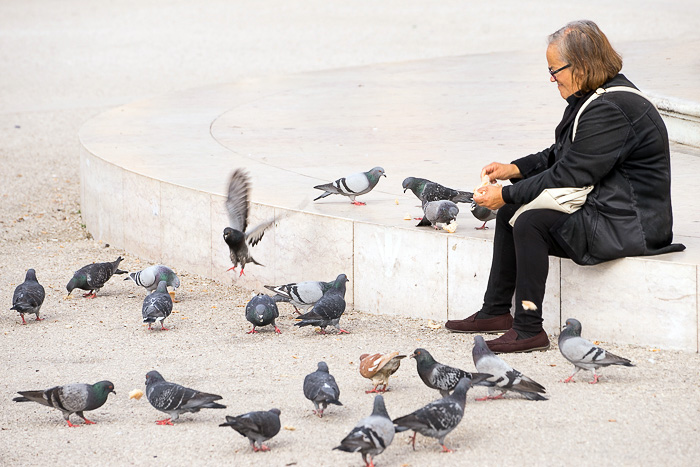
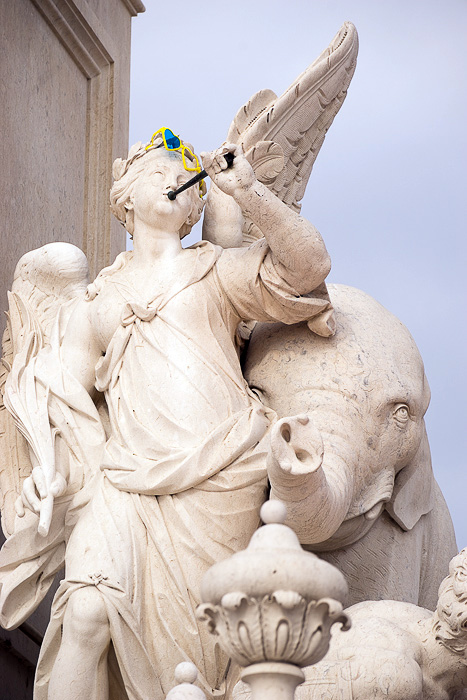
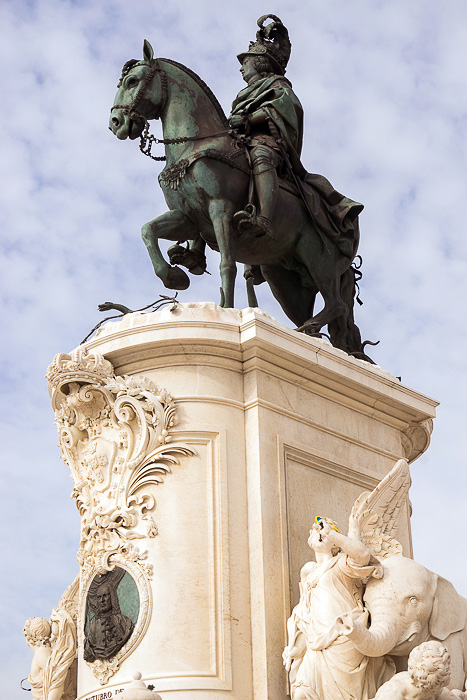
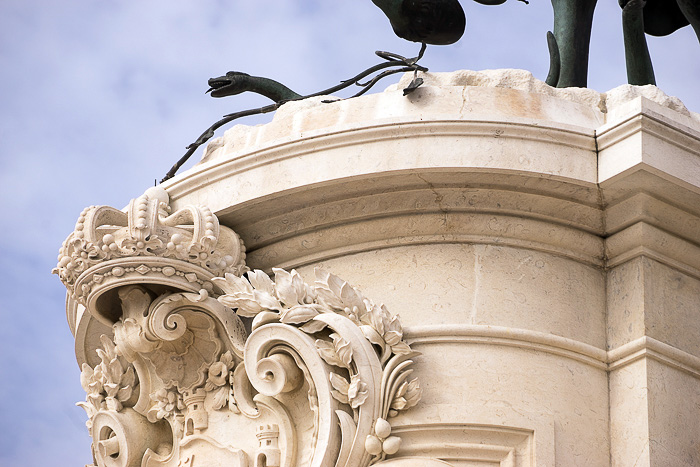
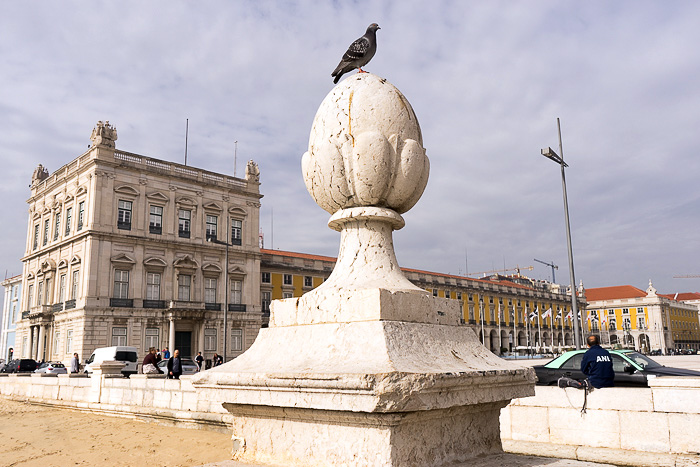
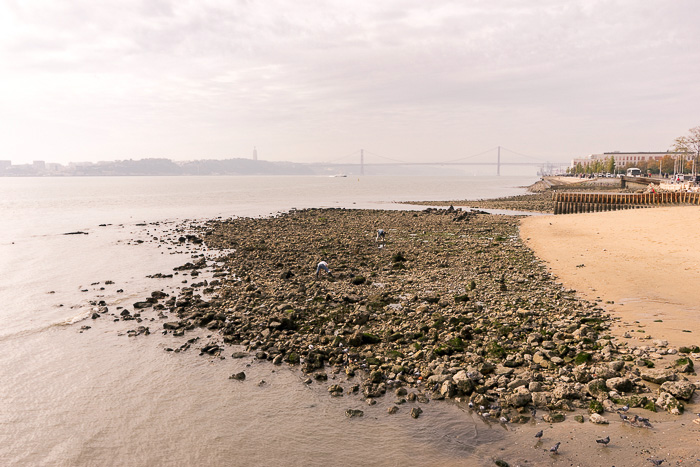
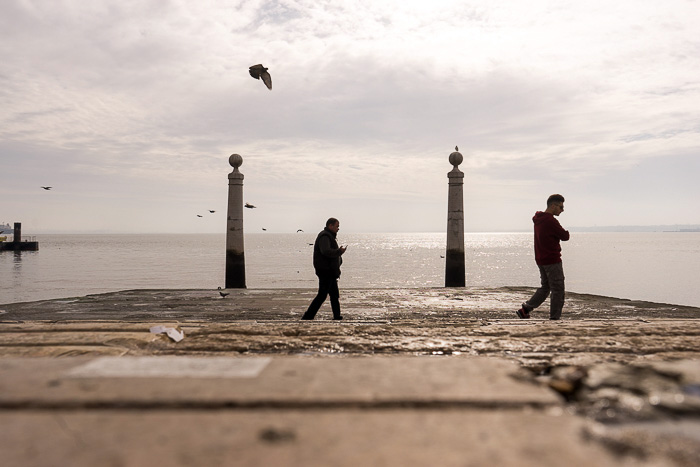
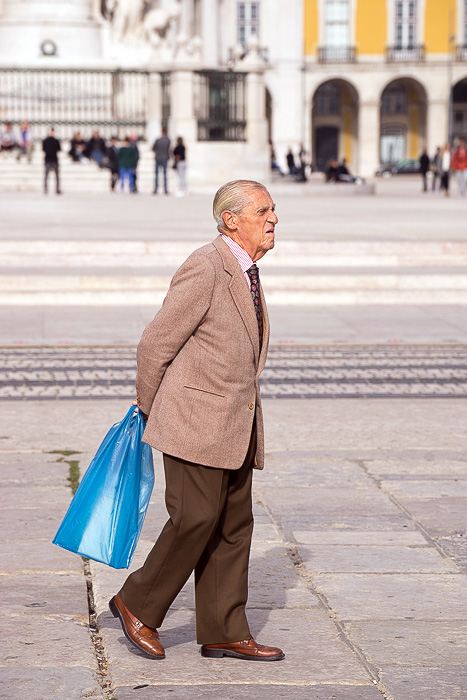
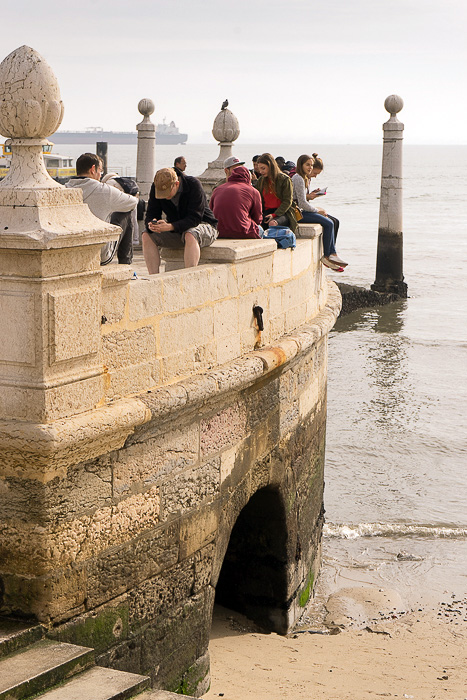
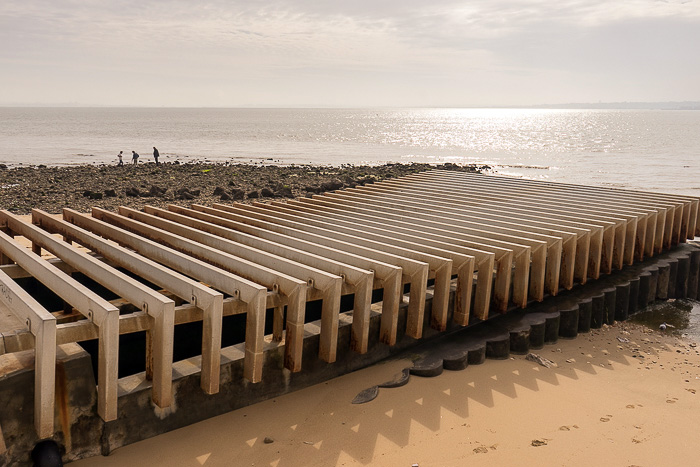
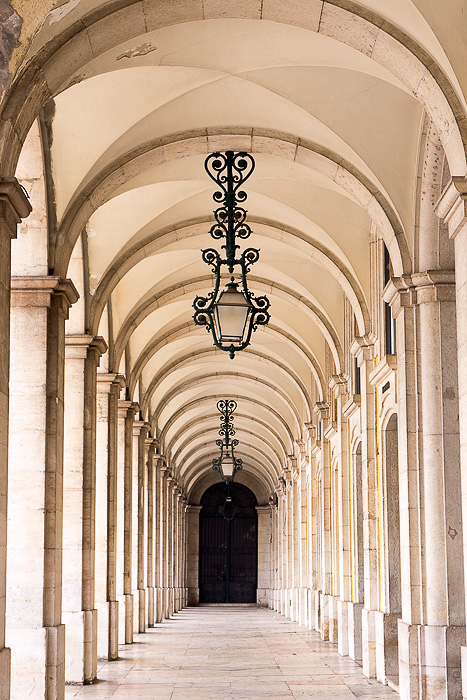
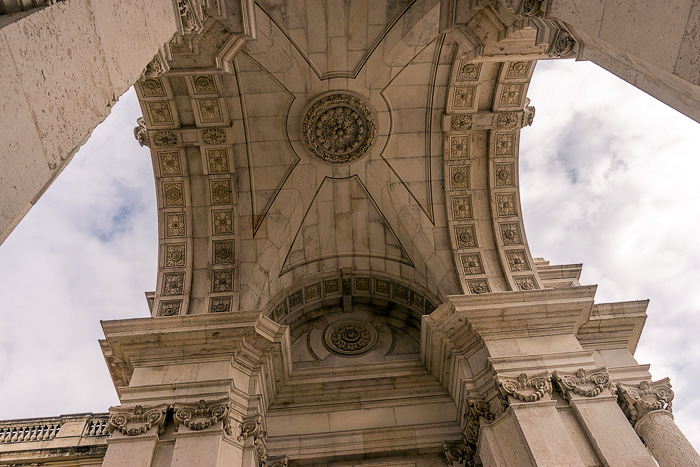
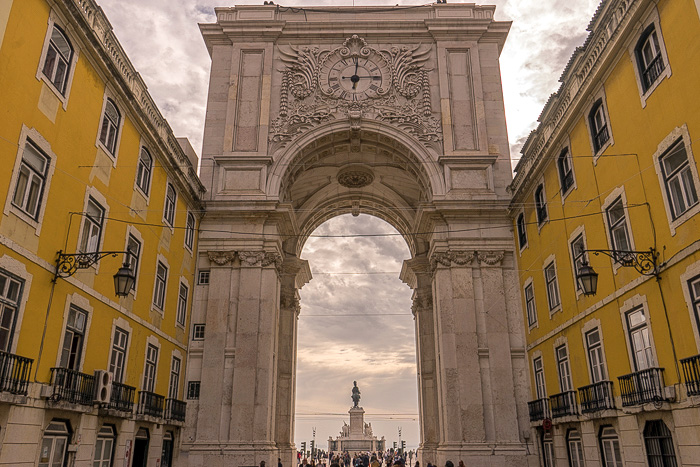
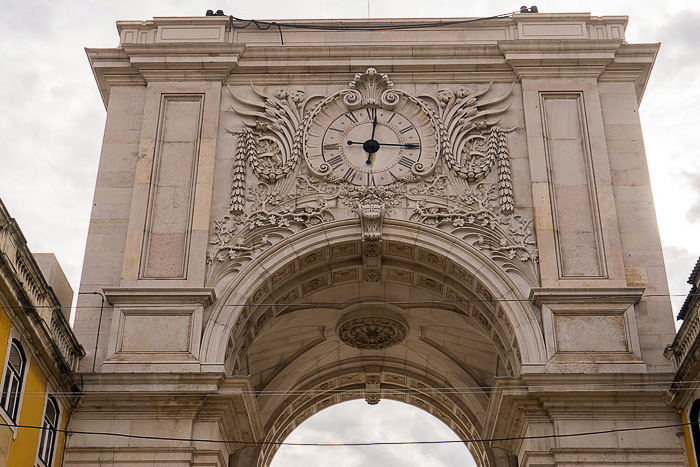
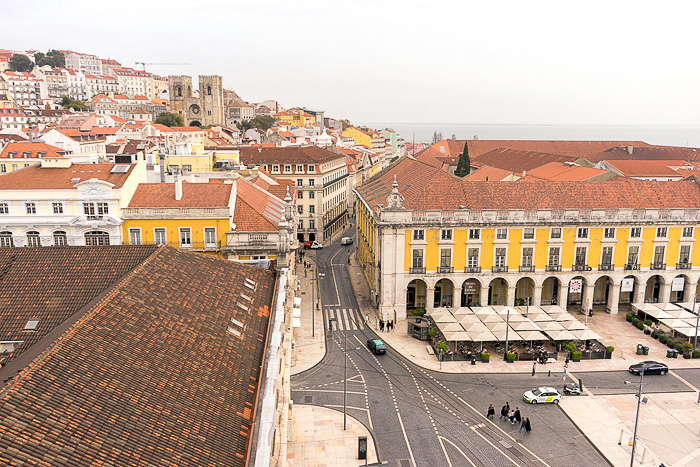
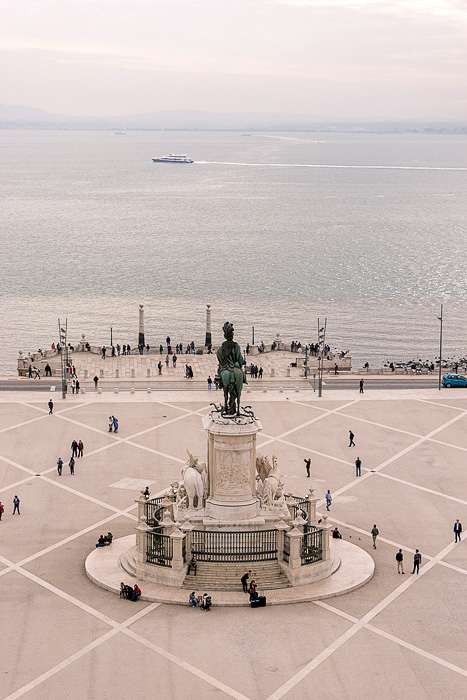
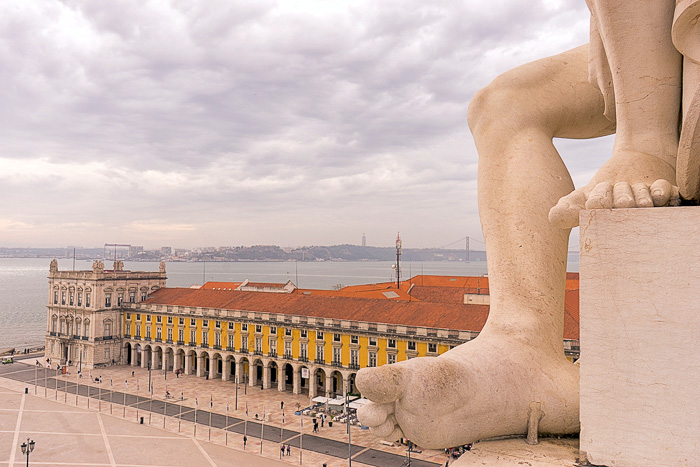
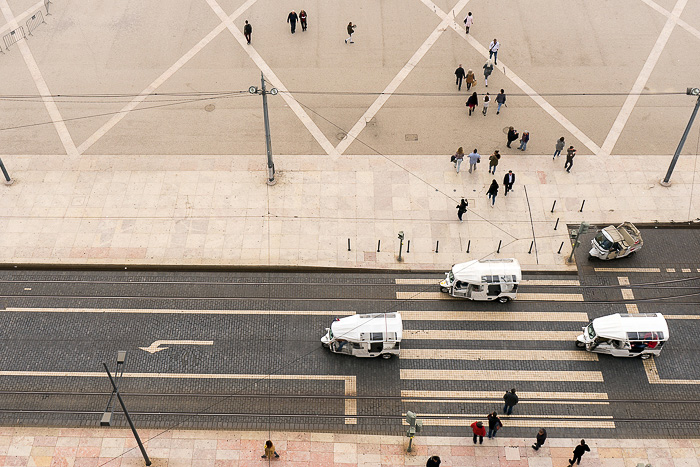
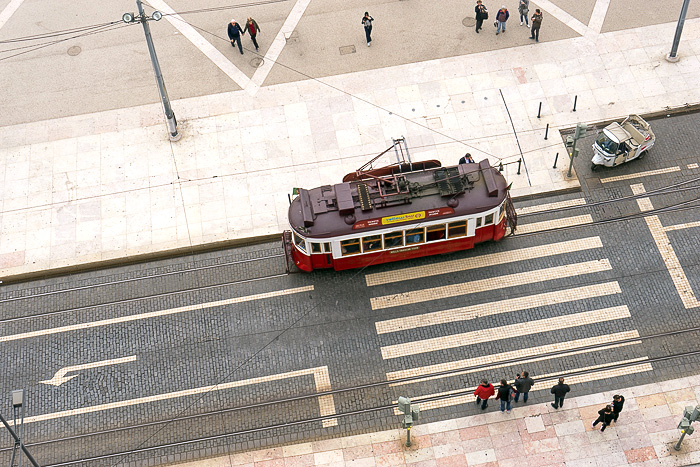
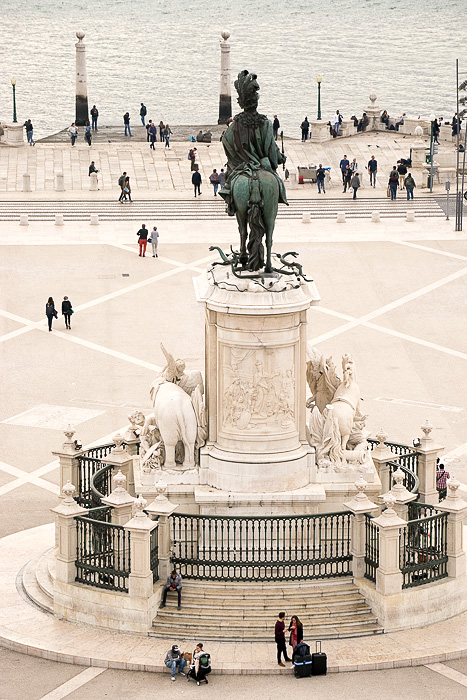
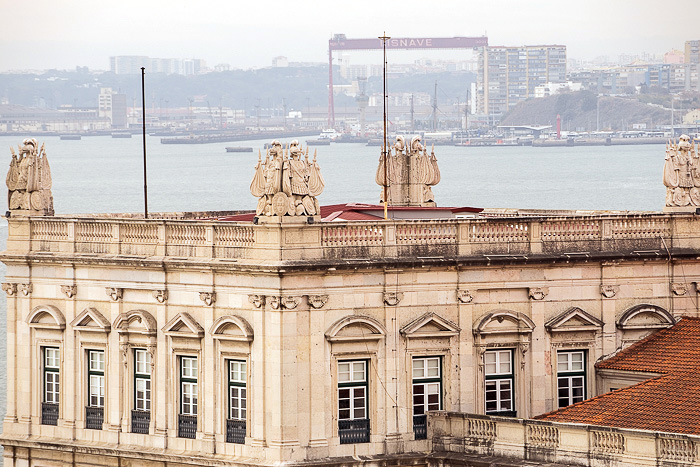
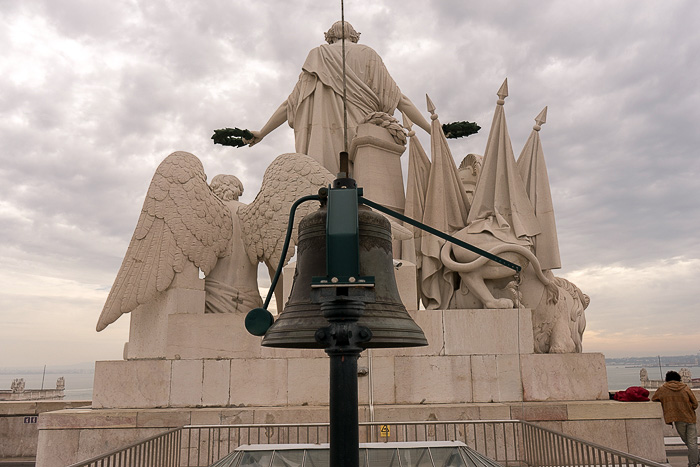
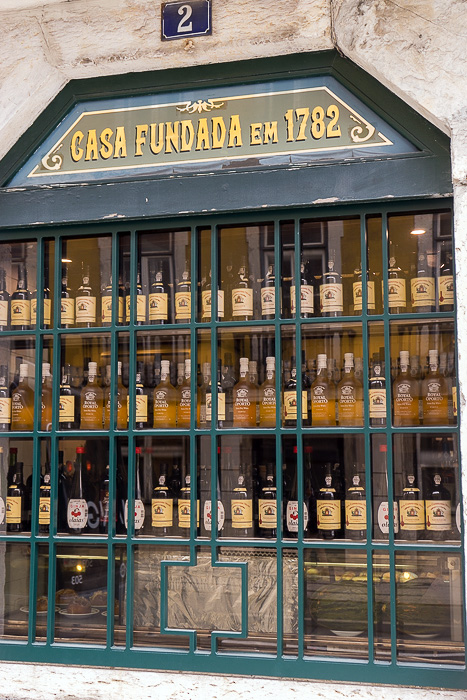
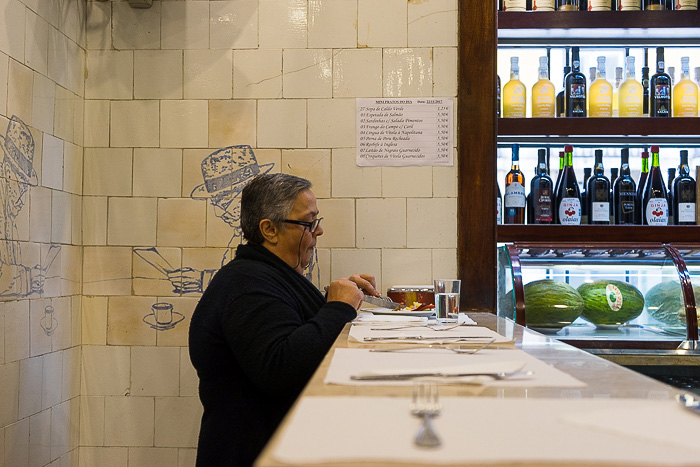
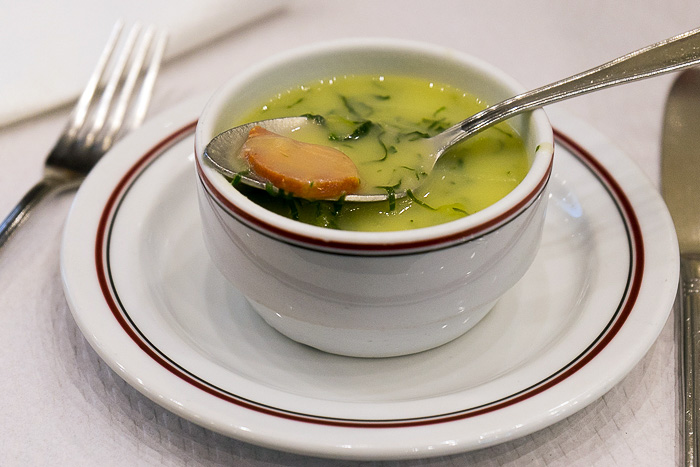
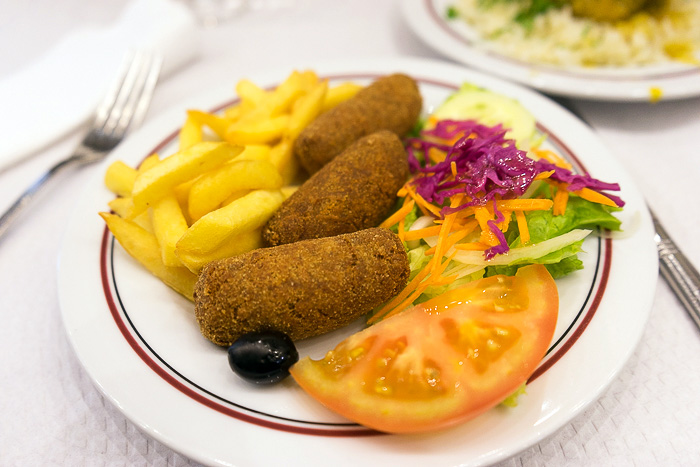
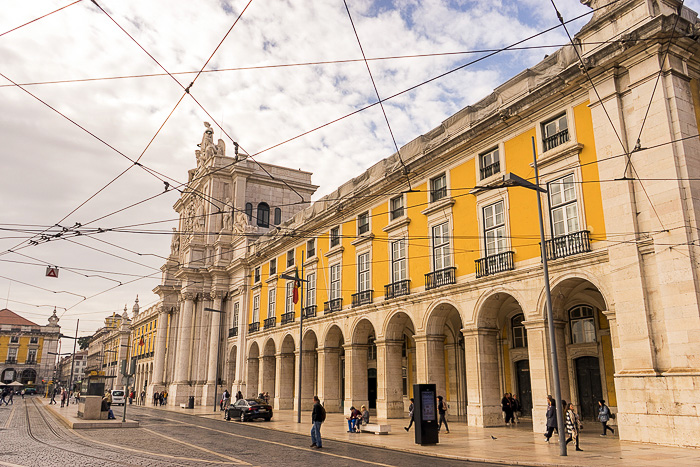
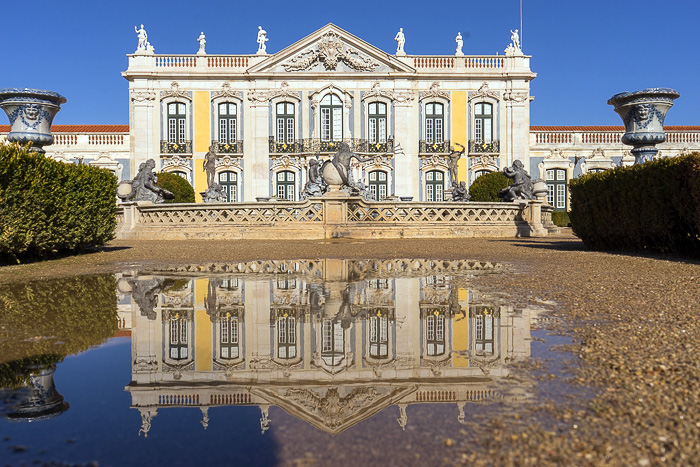
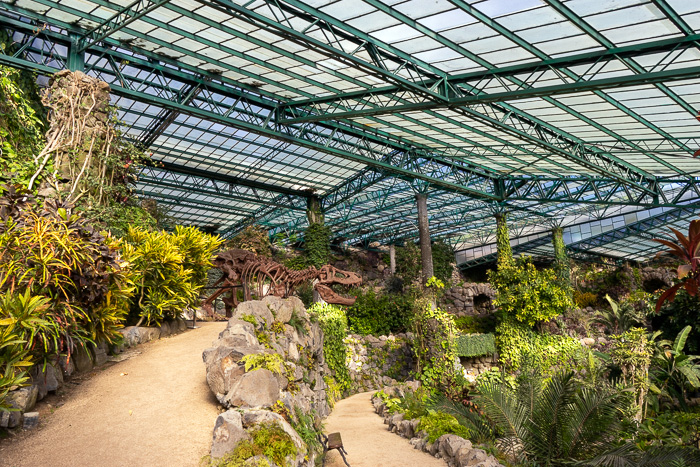
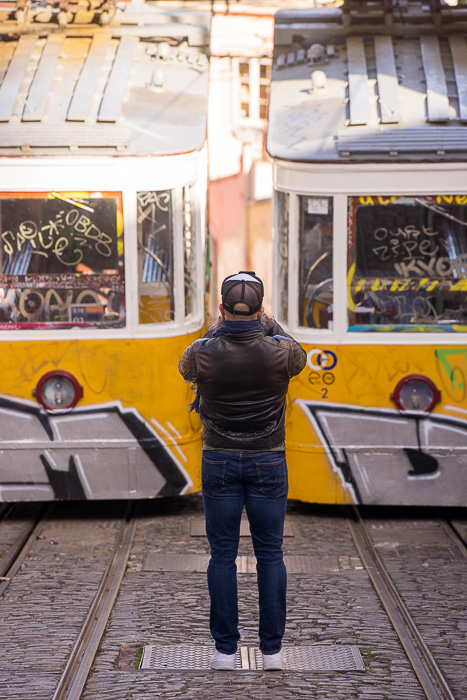

Pingback: The Praça do Rossio, The Heart Of Lisbon | Lisbon For 91 Days
Pingback: The Castelo de São Jorge, Great City Views | Lisbon For 91 Days
Pingback: The Royal Palace and Gardens of Ajuda | Lisbon For 91 Days
Pingback: A Concise History of Lisbon, Rundown of The Events | Lisbon For 91 Days